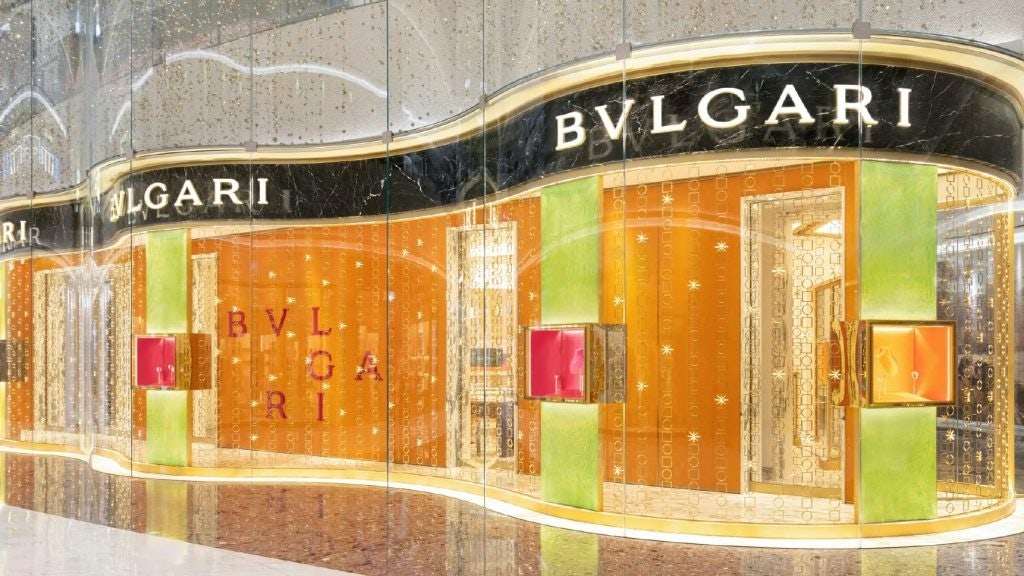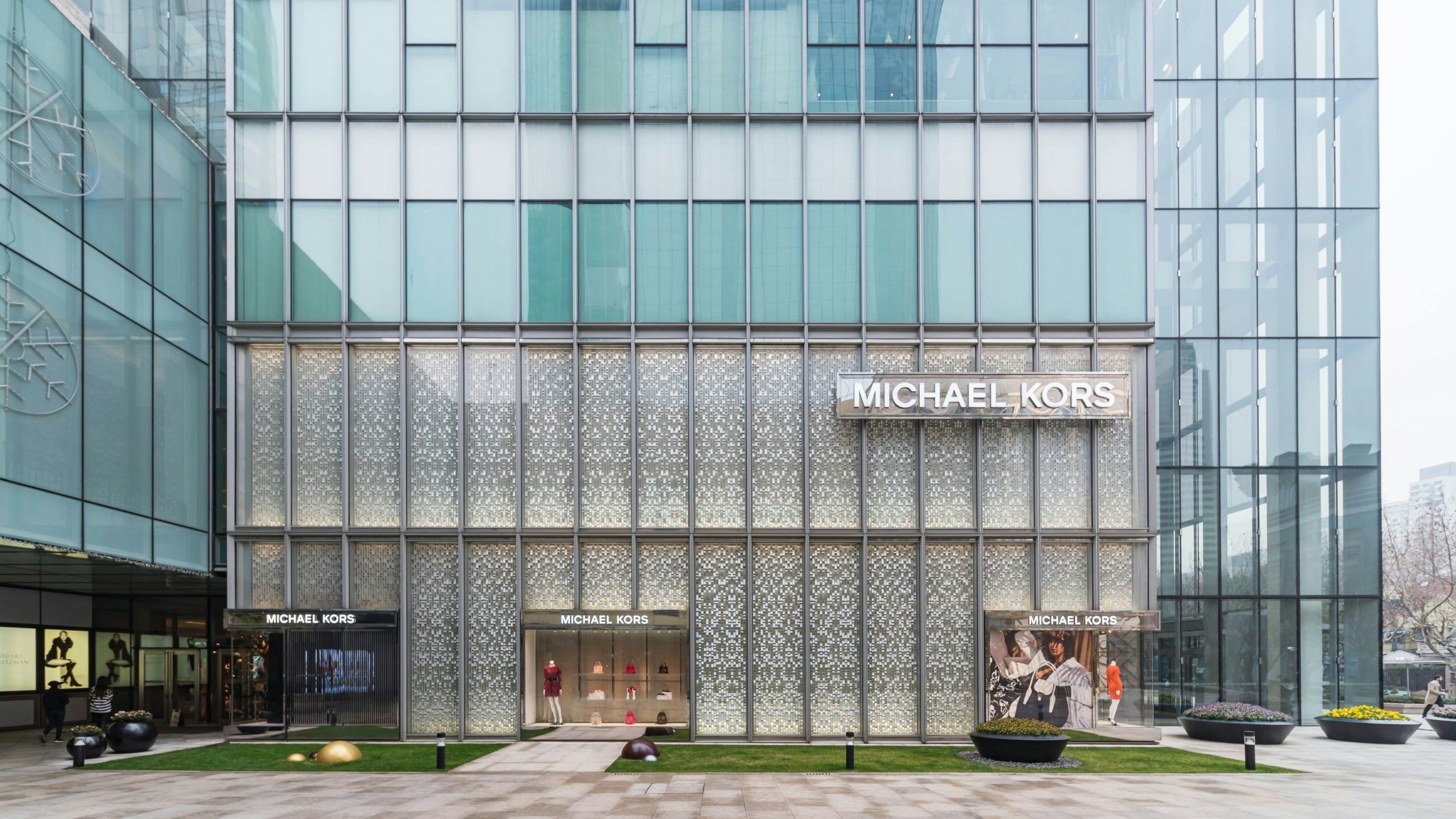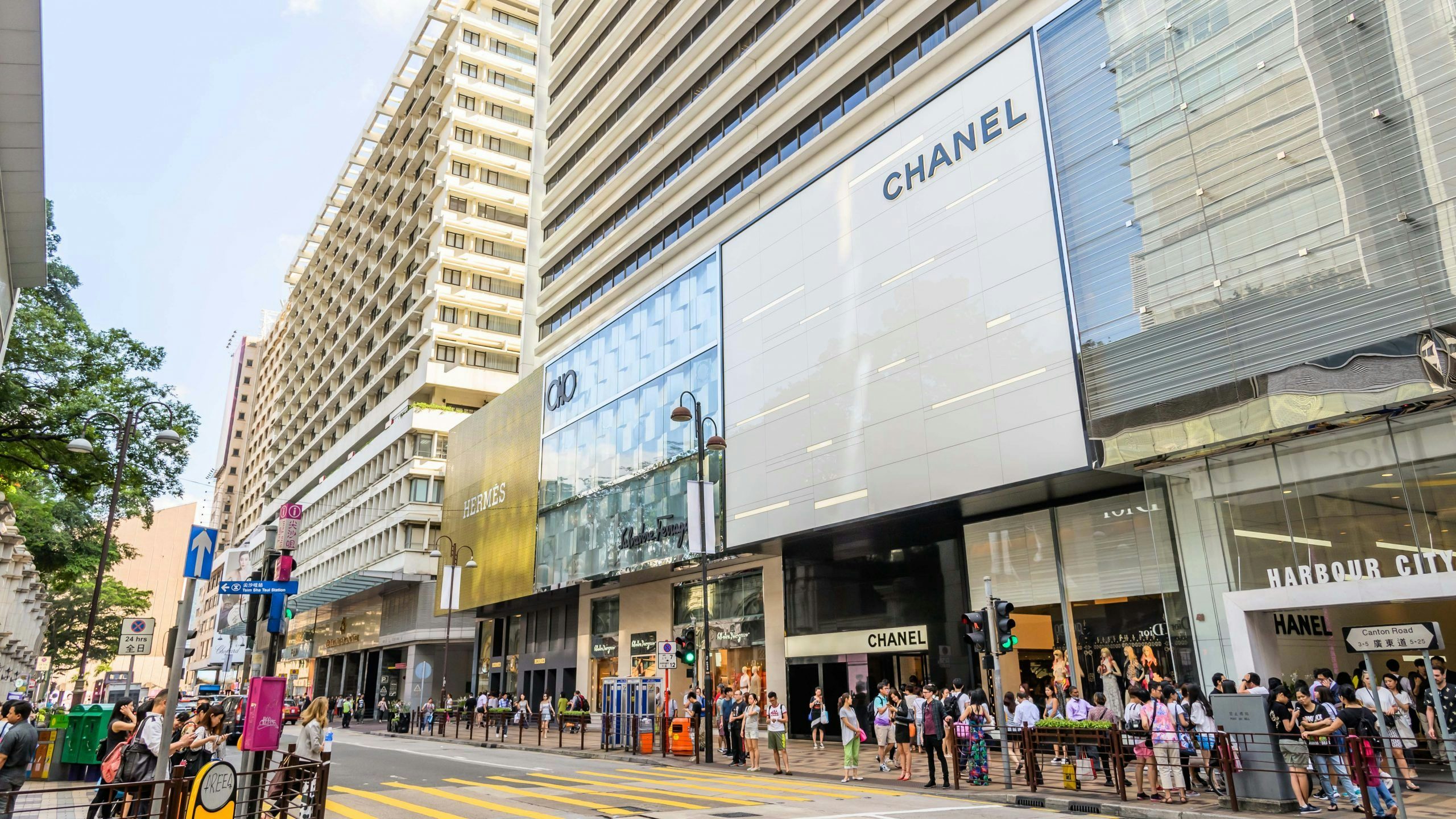What happened
: Lackluster official economic data out of China raises concerns that the country is on the cusp of a disinflationary period, dashing hopes that pent-up demand from the lifting of Covid-19 restrictions would boost the national and global economies.
China’s gross domestic product rose a meager 0.8 percent in Q2 2023 quarter on quarter, and the country’s consumer price index was flat last month year on year. Factory-gate prices declined by 5.4 percent in June, the quickest dip since 2015, reports CNBC, caused in part by falling raw material prices.
The weaker-than-expected data indicates demand for goods and services is weak and points to lower-than-expected growth in the near future.
Looking ahead, Japanese financial giant Nomura forecasts that consumer prices will decline 0.5 percent this month year on year. In 2022, prices rose 2 percent from a year earlier.
The Jing Take
: Deflationary pressures are rising in China, and that’s bad news for the economy and businesses operating there. Falling prices tend to reduce profit margins, thereby increasing the risk of businesses going under, which subsequently results in higher unemployment, further reducing demand.
When prices decline, consumers often delay purchases in the hope of obtaining them more cheaply in the future.
While major luxury brands including Chanel, Louis Vuitton and Gucci have continued to perform well, others have reported slowing sales in recent times. Chinese fashion retail distributor MixC’s Bulgari outlets reported a 15-20 percent drop in sales between January to May; meanwhile Michael Kors stated sales were “worse than expected,” according to WWD.

Deflation can be a difficult cycle to break out of. However, analysts expect the government to roll out stimulus to boost demand and therefore create an upward pressure on prices.
Stimulus could take the form of consumption vouchers, like Hong Kong has deployed to boost consumer spending.
Mainland China has also recently lowered interest rates, making credit more appealing to consumers.
One significant hurdle is rising unemployment, especially among 16 to 24 year olds in cities. This group’s jobless rate climbed to 21.3 percent last month. Another is expanding inequality, with China’s elites growing their income faster than the poorer segment of the population. This to some extent shields luxury businesses from deflationary pressures.
Although prices are under pressure and consumption growth is weakening, the prospect of stimulus measures, especially consumption vouchers, presents opportunities for luxury brands.
The market expects government support and all eyes are on a Politburo meeting later this month for potential announcements.
The Jing Take reports on a piece of the leading news and presents our editorial team’s analysis of the key implications for the luxury industry. In the recurring column, we analyze everything from product drops and mergers to heated debate sprouting on Chinese social media.

